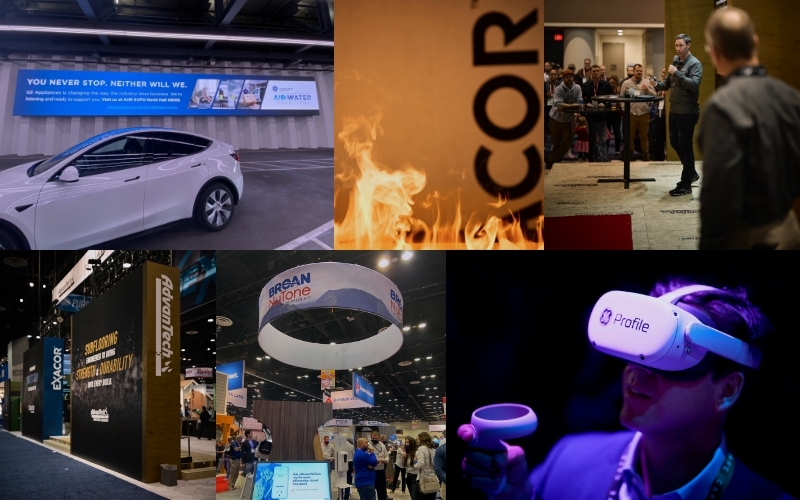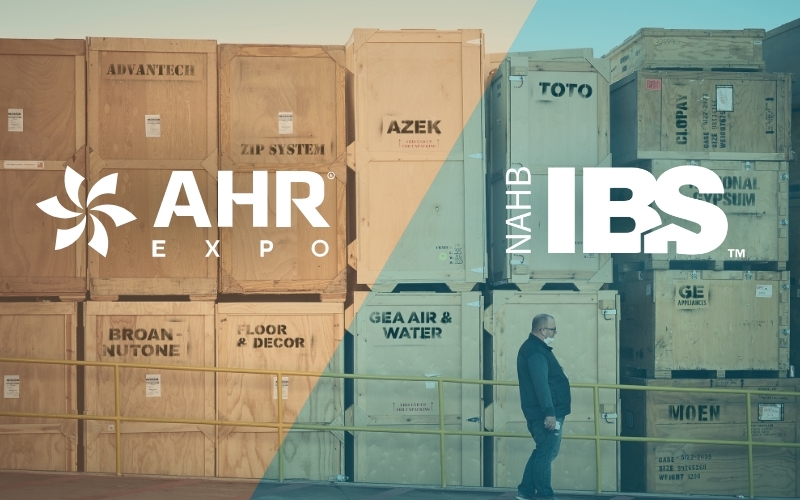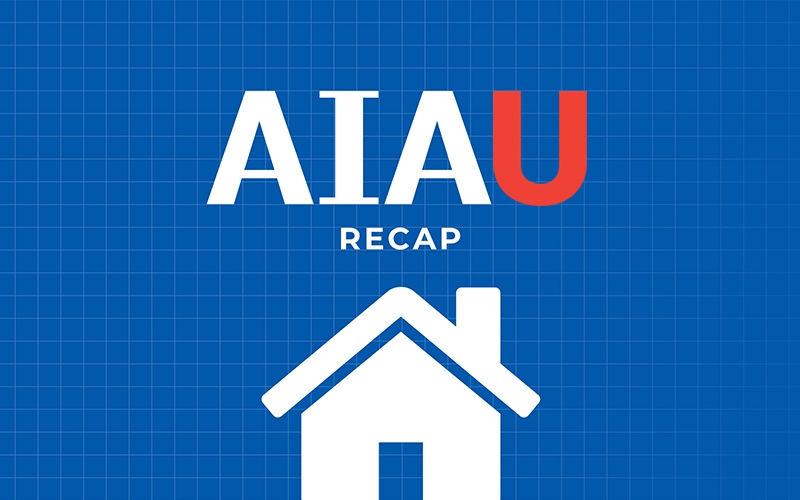Industry Trends
Going to an expo, conference or trade show and walking the show floor can be one of the most exciting and informative experiences in any industry. Seeing new products, hearing from industry experts and visiting a new place can inform innovations in any business — and the home and building category is no different.
However, trade shows are changing in the wake of COVID-19 and the rise of digital events. In-person trade shows are finding their place in the market and how they get attendees to show up.
The American Institute of Architects, like many organizations, has been grappling with those challenges. To get some answers about their 2022 Conference on Architecture, which returned to in-person for the first time since 2019, I spoke with John Crosby, managing director of corporate partnerships. Read on for insights about AIA’s completely reimagined event and the future of construction industry trade shows.
Can you tell me a little about the AIA Conference on Architecture and its place in the industry?
John: AIA’s expo is one of the industry’s longest-running trade shows and among the largest architecture and building design events in the country, if not the world. That said, it fits in a place that many don’t expect since it’s an experiential show, not a purchasing show. AIA is about commercial engagement — some say it’s a marketing event, but it’s more than that.
Our members do not want to spend all day on the show floor talking only to salespeople. They really want to talk to product experts and forge relationships. Exhibitors must come to the show with a certain mindset that requires a consultative approach. How many other shows in construction avoid focusing on sales opportunities and instead highlight design vision, climate and health impacts of materials on structures, and meaningful conversations that matter to the built environment?
How has AIA changed over the past few years?
John: To be honest, the show didn’t change that much in the years leading up to COVID-19 — it was pretty much the same thing every year. Whether it was in Philadelphia, Orlando, New York City or Las Vegas, it was all the same in terms of physical layout. Attendees confronted a wall of large booths upon entry, after which they had to wade into rows with smaller exhibitors.
This year, we placed the main aisle deeper in the space to make room for more large booths. Previously, by the time an attendee reached that area, they were likely done with the experience and never made it to the back, where more small exhibitors waited for a slow trickle of traffic. Knowing our members but also knowing what it’s like to be an exhibitor, we realized nobody wants to go through that. A two-year, pandemic-induced hiatus gave the industry cause to rethink the value that comes from such an experience.
To make matters worse, our show can be expensive. We go to major cities where labor and material handling costs can be substantial. Our members want to go to architecturally significant cities, and we’ve delivered on that.
But the expo needed an overhaul. We knew we could do better.
So, what made AIA ’22 different?
John: It presented an opportunity to innovate in a way that makes AIA more interesting and cost-effective. We commissioned Perkins & Will, one of the world’s most recognizable architecture brands, to help us reimagine what an expo environment could be for everyone involved. We wanted to craft a show floor that doesn’t feel like a trade show. We were looking for a festival atmosphere where architects want to stay out on the floor and find what’s missing in their design strategies.
Perkins & Will gave us an amazing perspective about retail and theme park experiences and applied that view to an expo focused on building design. The retail philosophy intrigued us since we had already come to grips with the fact that our event isn’t a purchasing experience. But the Perkins & Will team stuck to that view because of the journey we wanted: to facilitate subconscious decisions about exploration and getting lost in a way that feels compelling and interesting.
Walk me through the thinking behind this year’s show. How did your team arrive at the design and plan for the architecture expo?
John: AIA doesn’t always reflect the community where the show takes place. Along with Perkins & Will, we developed the idea of the town coming to the show, not just the show coming to the town. Architects want to see architecture, and that’s evidenced by our city tours selling out every year.
So, what did we do? We decided to replicate the 2022 host city, Chicago, on the show floor. We structured the floor in neighborhoods that reflect Chicago: Millennium Park, Wrigley and so on. We also had “parks” in each neighborhood. These parks functioned as break areas for attendees to socialize and provided opportunities for alternative activities such as cornhole. We also hosted a conference-wide party on the show floor to encourage everyone to come see Chicago. Providing two extra hours for attendees to be on the show floor interacting with one another and exhibitors, the party was unique in the sense that it was an on-site event for all that wasn’t directly tied to business.


